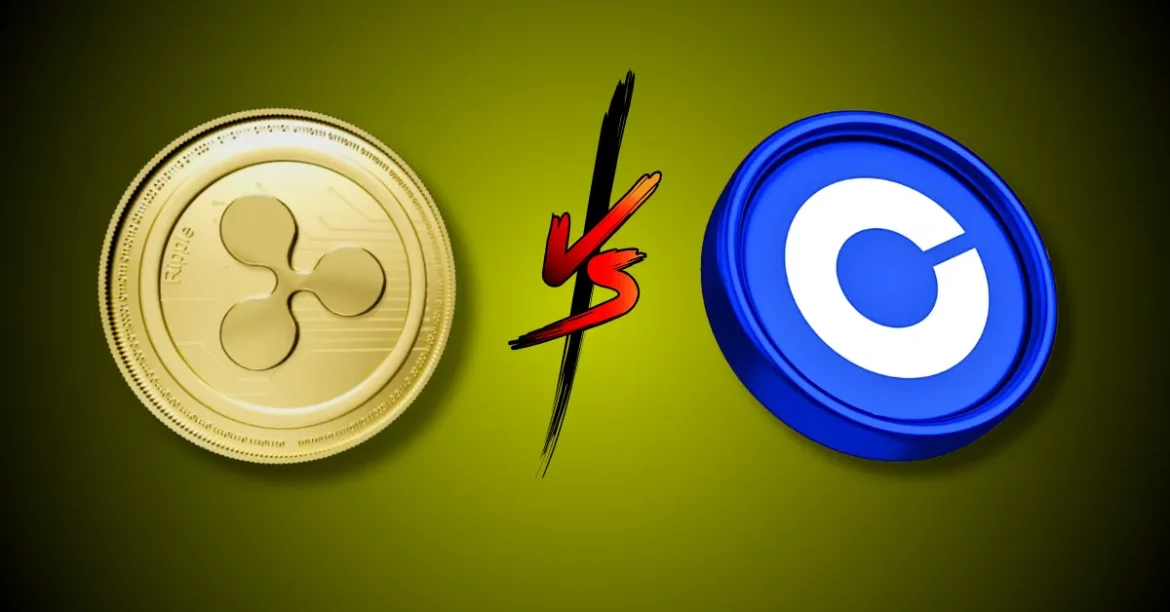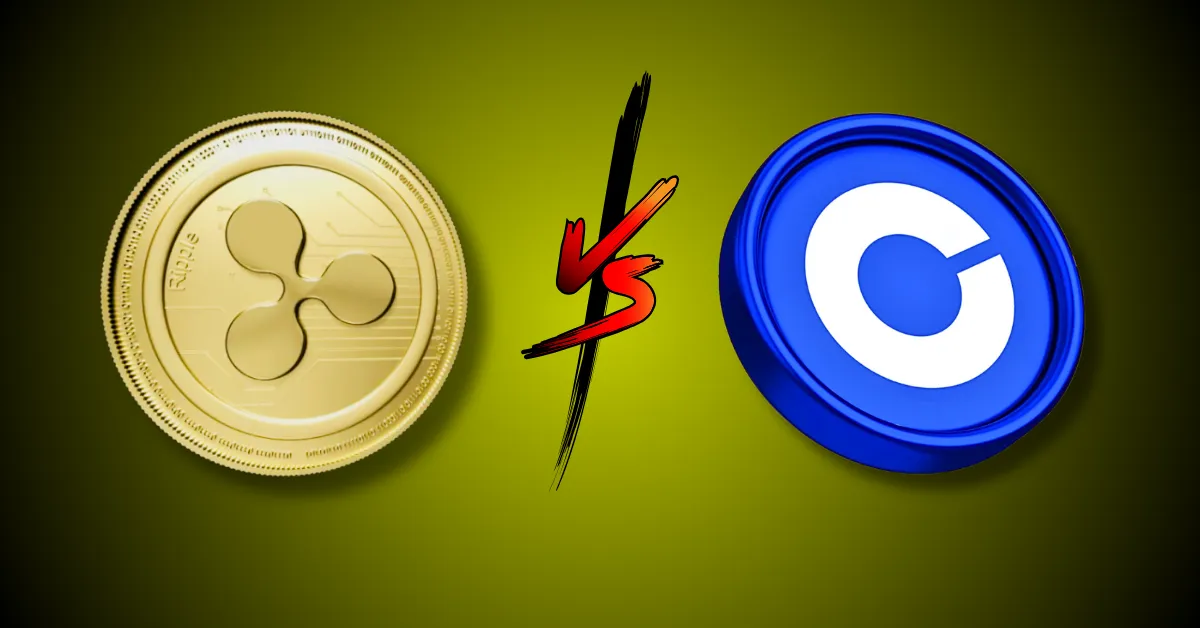The Ripple-Circle Acquisition Saga: Strategic Ambitions and Industry Ripples
The cryptocurrency ecosystem is currently abuzz with the narrative around Ripple’s attempted acquisition of Circle, a major player in the stablecoin market. This deal, valued between $4 billion to $5 billion, was ultimately rejected by Circle, stirring vigorous debate among industry voices, legal experts, and market watchers. The proposed acquisition illuminates deeper trends in crypto mergers and acquisitions (M&A), competitive positioning in the stablecoin sector, regulatory considerations, and the evolving future of crypto governance.
The Players and the Proposal
Ripple, renowned for its XRP token and blockchain payment solutions, is strategically expanding its foothold in stablecoins, a sector vital for crypto’s integration with traditional finance. Circle, the issuer of USDC—one of the most widely used stablecoins—has carved out significant market share and regulatory goodwill. According to multiple reports, Ripple offered Circle between $4 and $5 billion to take over the company, a proposal that Circle declined, citing undervaluation and a strong preference to remain independent as it pursues an initial public offering (IPO).
This move by Ripple is more than a typical acquisition bid; it reflects the firm’s ambition to transform XRP’s role in global finance. Ripple’s President, Monica Long, framed this strategy as part of an “acquisitive” stance, complementing its recent $1.25 billion acquisition of Hidden Road, a blockchain infrastructure company. The bid signaled Ripple’s intent to deepen its market reach and solidify stablecoin offerings, knowledge essential for competing effectively in a maturing ecosystem.
Circle’s Rejection and Strategic Implications
Circle’s refusal to sell, primarily attributed to disagreement over valuation and confidence in its IPO prospects, underscores the firm’s desire for autonomy and control over its evolving financial products. Its leadership likely perceives regulatory complexities and strategic conflicts that a merger with Ripple might engender. For example, Ripple’s own stablecoin, RLUSD, occupies a similar niche and might conflict with Circle’s USDC ambitions post-merger.
Furthermore, the deal would have subjected both firms to augmented regulatory scrutiny globally, given their stature and the critical role stablecoins play in bridging crypto and fiat economies. As such, Circle’s decision indicates a bet on standing as a strong, independent entity in a sector increasingly viewed as vital infrastructure rather than mere crypto novelty.
Antitrust Concerns: Warnings from MetaLeX’s Gabriel Shapiro
Perhaps the most vocal critic of the Ripple-Circle deal is Gabriel Shapiro, founder of MetaLeX Labs, a prominent crypto governance advisory firm. Shapiro described the potential for Ripple to become “the largest asset issuer on every blockchain” as “disastrous and anticompetitive.” This perspective raises red flags about market concentration dangers in crypto’s asset issuance.
Shapiro’s warnings are anchored in concerns that such consolidation would stifle competition, innovation, and decentralization—principles foundational to crypto’s ethos. He also referred to past Ripple practices, alleging the company previously engaged in spreading “fear, uncertainty, and doubt” (FUD) tactics to disadvantage competitors—behaviors that compound antitrust anxieties.
MetaLeX’s stance embodies a larger debate on governance in crypto: how to balance growth and influence with fair competition and regulatory compliance. While Ripple’s ambitions align with a corporate expansion model typical of traditional finance, the decentralized blockchain community and regulators may perceive this as consolidation threatening the ecosystem’s pluralism.
Ripple’s Market Maneuvering Amid Regulatory Drama
Ripple’s aggressive pursuit of Circle coincides with a delicate period for the firm, marked by its ongoing legal battles with the U.S. Securities and Exchange Commission (SEC). The outcome of these disputes and Ripple’s response—potentially an IPO—factor significantly into its acquisition strategy. Acquiring Circle, a recognized stablecoin issuer with US regulatory acceptance, could potentiate Ripple’s appeal and market relevance.
However, the deal’s rejection suggests Ripple must reassess its path to expansion, possibly focusing on organic growth or other acquisition targets. Notably, rumors have surfaced around Coinbase’s interest in acquiring Circle, fueling speculation of a competitive bidding war. Coinbase, as the largest U.S.-based crypto exchange, could gain strategic leverage through incorporating Circle’s stablecoin technology.
The Broader Crypto M&A Landscape
Ripple’s overture to Circle fits within a broader pattern of consolidation and strategic alliances across cryptocurrency firms. The rising wave of mergers and acquisitions, from exchanges swallowing rivals to fintech companies integrating crypto startups, reflects the sector’s gradual maturation and institutionalization.
Stablecoins, especially, represent a battleground, given their integral role in liquidity provision, transactional stability, and regulatory acceptance. The refusal of this high-profile deal reveals that market leaders—like Circle—are confident in their growth trajectory amid the growing public and regulatory spotlight on crypto assets.
Regulatory Crossroads and Industry Evolution
The Ripple-Circle episode surfaces critical questions for regulators globally. Stablecoins operate at the intersection of monetary policy, payment systems, and securities law, prompting calls for clearer frameworks. Ripple’s legal challenges, the SEC’s hardline approaches, and debates within crypto governance communities highlight the need for nuanced policies addressing innovation and risk mitigation.
In parallel, industry thought leaders like Shapiro emphasize developing legal and governance tools to align crypto operations with evolving compliance demands without undermining decentralization values. MetaLeX’s efforts to blend on-chain protocols with off-chain legal frameworks exemplify this new frontier.
Conclusion: Lessons for Crypto’s Future Trajectory
The Ripple-Circle acquisition attempt is a microcosm of cryptocurrency’s complex path ahead. It underscores the tensions between corporate growth ambitions, competitive fairness, technological innovation, and regulatory evolution. Circle’s rejection preserves a vital stablecoin contender’s independence, while Ripple’s bid reflects bold strategies essential to scale impact in a competitive market.
Gabriel Shapiro’s cautionary perspective on anticompetitive risks reminds the crypto industry not to lose sight of its foundational decentralization and openness. Meanwhile, ongoing legal battles and market maneuvers continue shaping how crypto assets embed into global finance.
This episode will likely influence future M&A efforts, governance models, and regulatory dialogues. The fusion of traditional finance’s corporate playbook with blockchain’s decentralized promise remains a challenging, yet fascinating space to watch as it continues reshaping global financial architectures.





